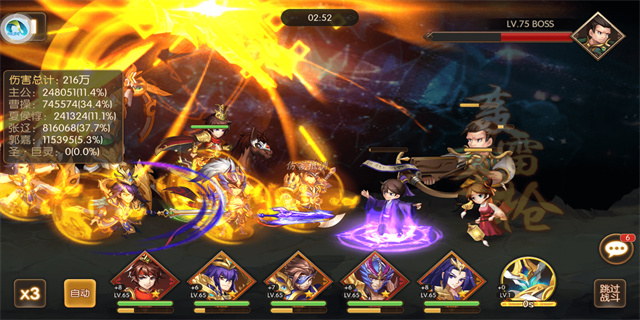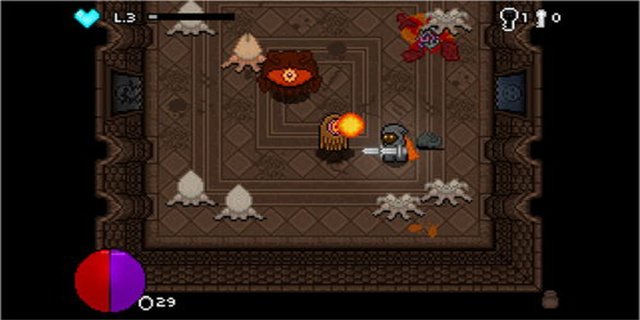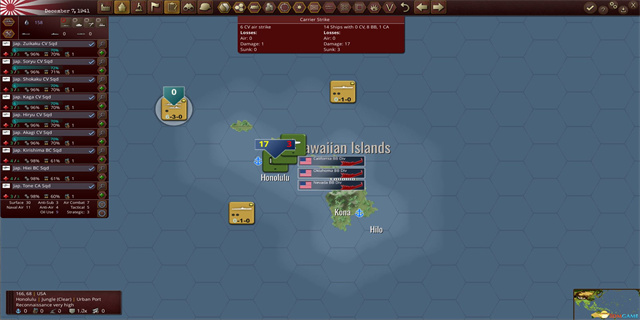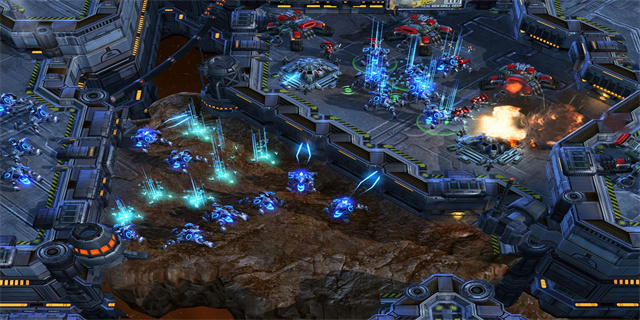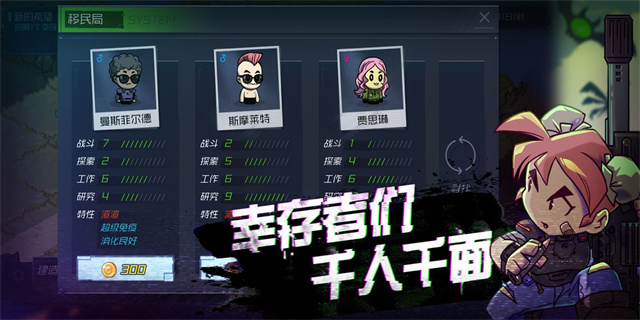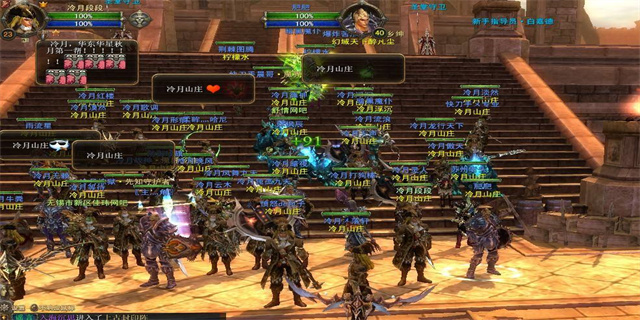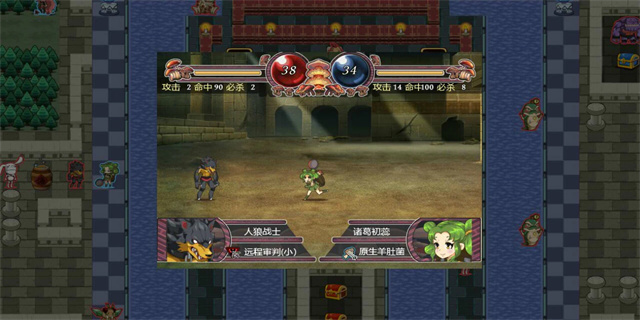英雄联盟配置(Optimal Configurations for League of Legends)
Optimal Configurations for League of Legends
League of Legends (LoL) is a highly popular online multiplayer game that requires a well-optimized configuration to enhance gameplay experience. In this article, we will discuss the optimal configurations for your gaming setup to ensure smooth performance and maximize your chances of victory.
The Importance of a Powerful Gaming Rig
When it comes to playing LoL, having a powerful gaming rig is crucial for a seamless gaming experience. The following hardware components are essential for optimal gameplay:
1. Processor (CPU): The CPU is the brain of your computer and plays a significant role in handling the game's calculations and processes. For LoL, a quad-core processor with a clock speed of at least 3.5 GHz is recommended to handle the game's demands efficiently.
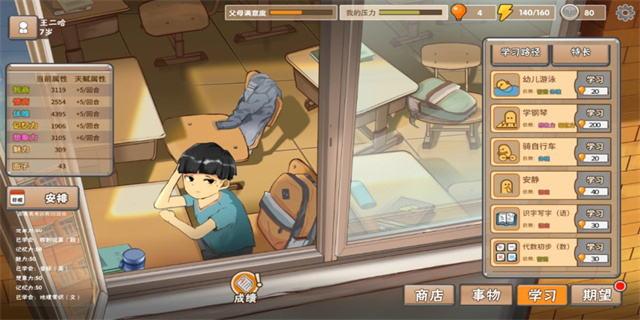
2. Graphics Card (GPU): The GPU is responsible for rendering the game's graphics. To enjoy superb visual effects and smooth gameplay, a high-end graphics card like the NVIDIA GeForce GTX 1660 or AMD Radeon RX 590 is recommended. These cards provide excellent performance at a reasonable price.
3. Memory (RAM): LoL can be quite memory-intensive, especially when running alongside other applications. To ensure seamless multitasking and prevent lag, a minimum of 8GB RAM is recommended. However, for optimal performance, it is advisable to have 16GB or even 32GB RAM.

Optimizing In-Game Settings
Once you have a powerful gaming rig, the next step is to optimize your in-game settings for the best performance and visual experience. Here are some key settings to consider:
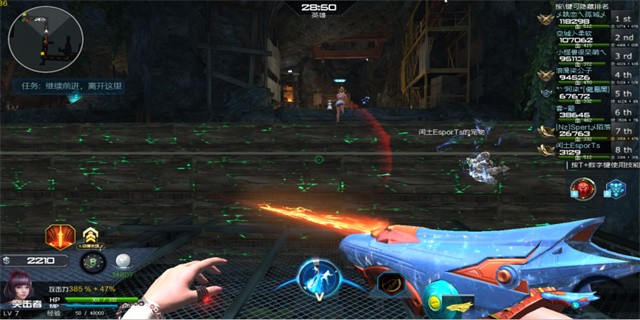
1. Resolution: Setting a higher resolution provides a more visually pleasing experience but may require more GPU power. It is advisable to select a resolution that matches your monitor's native resolution while maintaining a stable frame rate (FPS) of 60 or higher.
2. Graphics Quality: LoL offers several preset graphics quality settings, such as Low, Medium, High, and Very High. Finding the right balance between visual quality and performance is crucial. Adjust the settings based on your hardware capabilities to maintain a stable FPS throughout the game.
3. HUD Scaling: The Heads-Up Display (HUD) provides crucial in-game information. Adjusting the HUD scaling allows you to resize and reposition various UI elements to your liking, making them more visible and accessible during gameplay.
Optimizing Network Settings
In addition to hardware and in-game settings, optimizing your network settings is vital for a lag-free gaming experience. Here are some steps to improve your network performance while playing LoL:
1. Stable Internet Connection: Ensure that you have a stable and high-speed internet connection. Choose a wired Ethernet connection over Wi-Fi whenever possible, as it offers lower latency and more consistent performance.
2. Port Forwarding: Port forwarding can help to improve your network's performance by allowing LoL to establish a direct connection with the game servers. Consult your router's documentation or contact your internet service provider (ISP) for instructions on how to set up port forwarding.
3. Disable Background Applications: Close any unnecessary background applications or processes that consume bandwidth or affect network performance. This step can help free up resources for LoL and reduce the chances of lag or latency spikes.
By following these guidelines and optimizing your gaming rig, in-game settings, and network settings, you can significantly enhance your League of Legends experience. Remember to keep your hardware drivers and game client updated regularly for the best performance. Good luck, summoners!
Note: The configurations mentioned in this article are based on general recommendations and may vary depending on individual preferences and budget.
Optimal Configurations for League of LegendsLeague of Legend
2024-08-31
